According to a study conducted by the Milner Center for Evolution at the University of Bath, the species of birds who have multiple sexual intercourse have fewer harmful mutations. This study, published on Evolution provides the first evidence of how polygamy increases the efficiency of natural selection in wild populations.
Polygamy in birds
Most birds form a bond with a solitary mate each mating season, while some species such as swans or geese mate for life.
In contrast, some bird species are polygamous, having several partners per breeding season, however, it is unclear why they have evolved a different mating system.
An international team of scientists led by Bath analyzed the genomes of 150 bird species, from all major bird families and from locations around the world, including six species that were sequenced for the first time.
By counting the differences between genes inherited from the individual’s mother and father (called heterozygosity), they were able to estimate the level of genetic diversity in each species.
They also looked at the frequency of genetic mutations in each species and whether these changed the sequence of the proteins they coded for or whether they were “silent.” The former, called non-synonymous polymorphisms, are often harmful to the individual, while silent mutations are generally harmless.
Contrary to their expectations, they found that polygamous species overall were no more diverse than monogamous ones, although the small number of species with polygamous females had higher genetic diversity than expected.
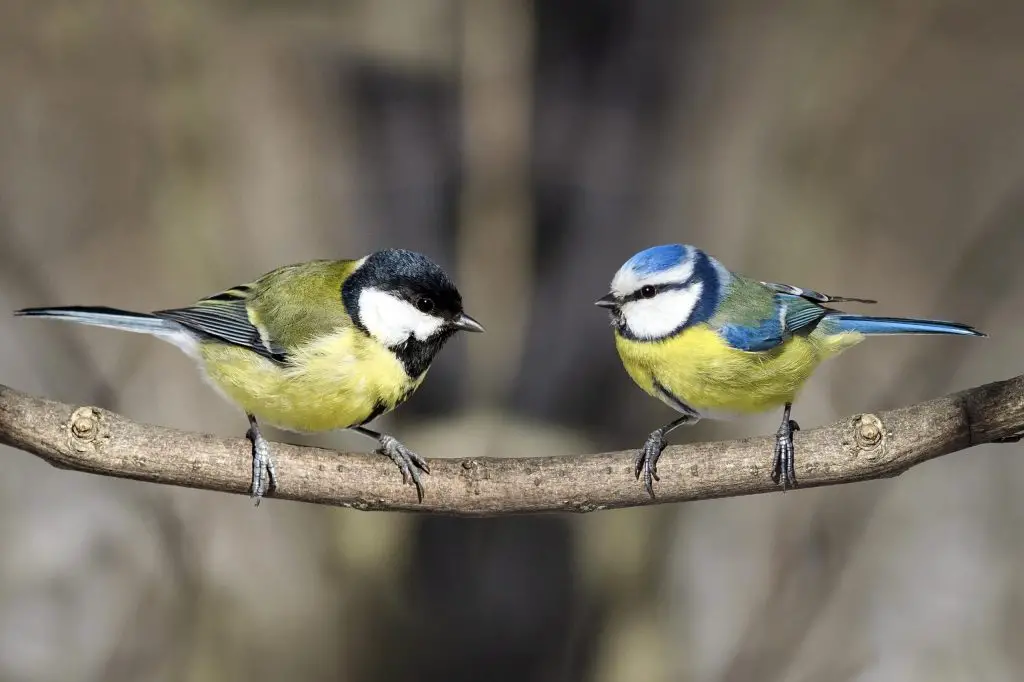
They also found that, compared to the number of silent mutations, polygamous species had significantly fewer potentially harmful mutations that changed the protein sequence.
Kees Wanders, a Ph.D. student in the Department of Life Sciences at the University of Bath is funded by the NERC GW4+ Doctoral Training Partnership and is the first author of the article.
He said: “Species evolve through natural selection, where harmful mutations are removed from the population in the long term because individuals with the mutation do not survive long enough to reproduce, or individuals with beneficial adaptations survive longer.
“Species, however, also evolve through sexual selection, where evolution is shaped by individuals competing for access to mates so that only the most desirable characteristics are successfully passed on to offspring.”
“This research suggests that sexual selection aligns with natural selection in birds so that harmful mutations are removed more efficiently in polygamous populations, where sexual selection is particularly strong.
“We still don’t know exactly why some bird species are polygamous when most mate for the breeding season or even for life.
“There are many different theories about why polygamy evolved in these species, but we have found the first evidence that it increases the efficiency of natural selection by eradicating harmful mutations and avoiding the effects of inbreeding.
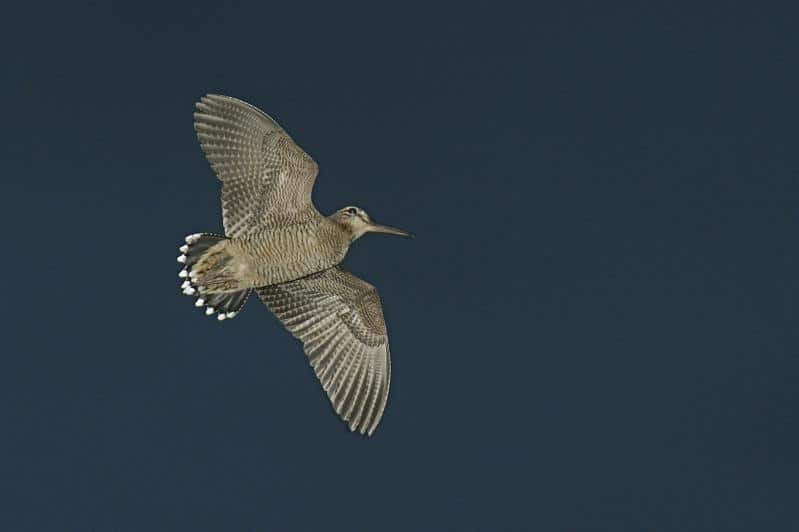
“It has been observed previously by others in the laboratory in fruit flies, but this is the first time it has been observed in wild bird populations.”
Dr Araxi Urrutia, senior lecturer at the Milner Center for Evolution at the University of Bath and final author of the paper, said: “I had the hypothesis that in polygamous species, where individuals cannot easily find a mate and they have to travel as well as find a breeding partner, this would mean there would be more genetic diversity in these species.
“We were surprised to find that there was no evidence for this; instead, we discovered that these species had fewer harmful mutations.”
“Despite this apparent evolutionary advantage, most birds tend to stick together to raise their chicks because this gives the offspring a better chance of survival.”
Birds are essentially living dinosaurs
It’s hard to understand how a common house sparrow and a Tyrannosaurus Rex could have anything in common. One is a bird that weighs less than a gram, the other a dinosaur that was the size of a school bus and tipped the scales at more than eight tons.
Despite all the differences, though, scientists now say the two are more closely related than many believed. A new study by Harvard scientists shows that birds are, essentially, living dinosaurs, with skulls remarkably similar to those of their young ancestors.
As reported in a May 27 article in the journal Nature, Arkhat Abzhanov, an associate professor of organismal and evolutionary biology, and Bhart-Anjan Bhullar, a Ph.D. student in Abzhanov’s lab and first author of the study, found evidence that the Bird evolution is the result of a drastic developmental change.
Instead of taking years to reach sexual maturity, as many dinosaurs did, birds sped up time – some species take as little as 12 weeks to mature – allowing them to retain the physical characteristics of baby dinosaurs.
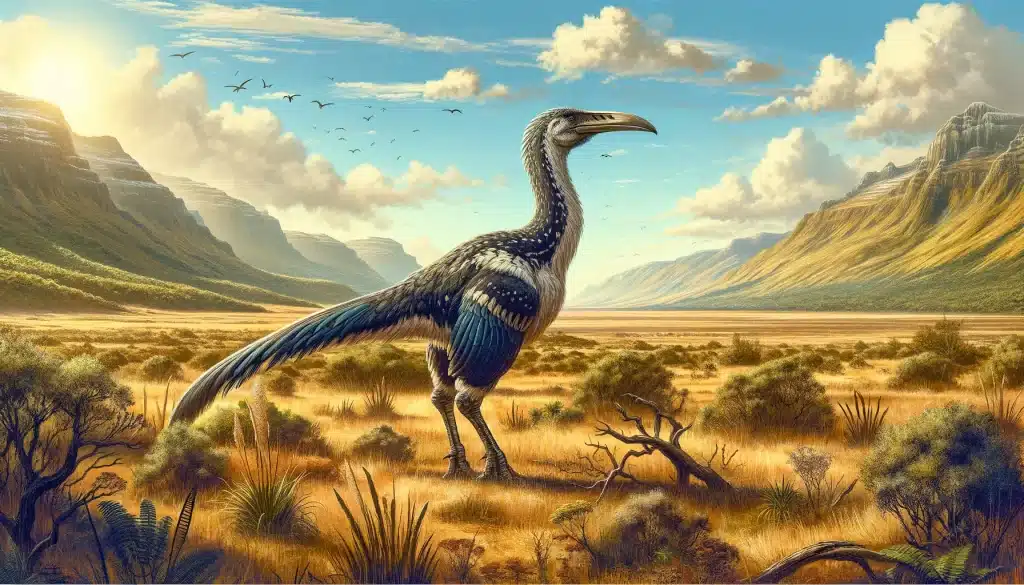
“What is interesting about this research is how it illustrates evolution as a developmental phenomenon,” Abzhanov said. “By modifying the developmental biology of early species, nature produced the modern bird – an entirely new creature – which, with around 10,000 species, is today the most successful group of terrestrial vertebrates on the planet.”
“The evolution of the many characteristics of birds – things like feathers, flight and wishbones – has traditionally been a difficult problem for biologists,” said Mark Norell, chair of the division of paleontology at the American Museum of Natural History and one of the authors of the article. co-authors, they said.
“By analyzing fossil evidence of skeletons, eggs and soft tissues of bird-like dinosaurs and primitive birds, we learned that birds are living theropod dinosaurs, a group of carnivorous animals that includes the velociraptor. This new work advances our knowledge by providing a powerful example of how developmental changes played an important role in the origin and evolution of birds.”
While it is clear simply by looking at the skulls of dinosaurs and modern birds that the creatures are very different – dinosaurs have particularly long snouts and mouths bristling with teeth, while birds have proportionally larger eyes and brains – it was the realization that the skulls of modern birds and young dinosaurs show a surprising degree of similarity that sparked the study.
“No one had told the big story of the evolution of the bird’s head before,” Bhullar said. “There had been a number of smaller studies focused on particular points of anatomy, but none had looked at the whole picture.
What’s interesting is that when you do this, you see that the origins of the features that make the bird’s head special lie deep in the evolutionary history of archosaurs, a group of animals that were the dominant carnivores for millions of years.
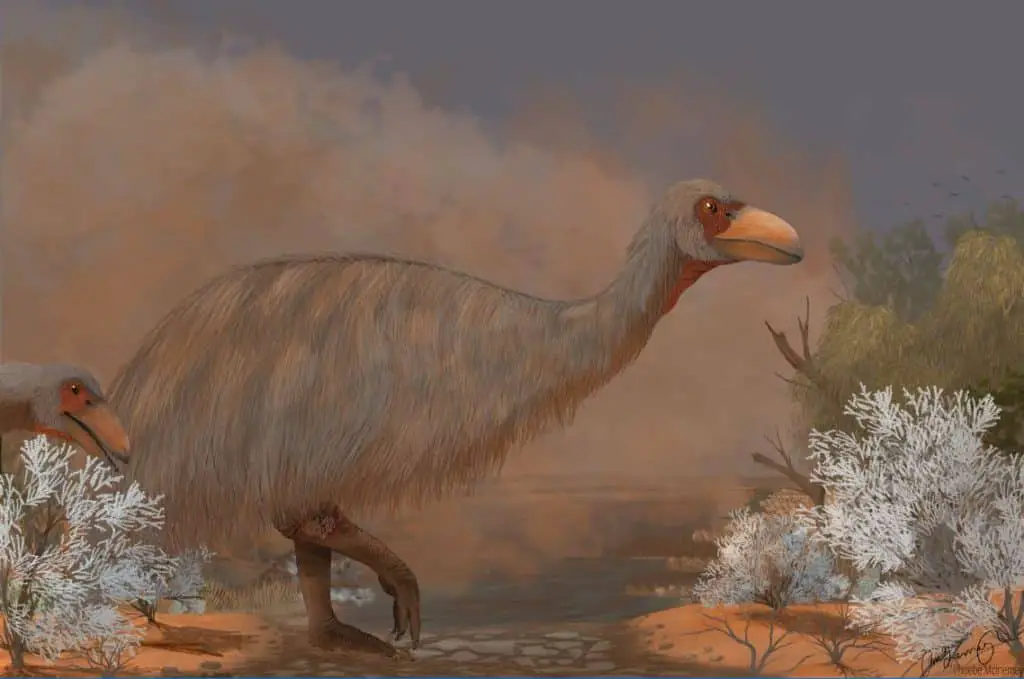
To address the problem, the researchers turned to an unusual methodology. Using CT scanners, they scanned dozens of skulls, from modern birds to theropods – the dinosaurs most closely related to birds – to the earliest dinosaur species.
By marking various “landmarks” – such as the eye sockets and skull cavity – on each scan, the researchers were able to track how the skull changed shape over millions of years.
We examined the skulls of the entire lineage that gave rise to modern birds,” Abzhanov said. “We looked back about 250 million years, to archosaurs, the group that gave rise to crocodiles and alligators, as well as modern birds. Our goal was to observe these skulls to see how they changed and try to understand what actually happened during the evolution of the bird skull.”
What Abzhanov and colleagues found was surprising: While early dinosaurs, even those closely related to modern birds, undergo major morphological changes as they mature, the skulls of juvenile and adult birds remain remarkably similar.
“This phenomenon, in which a change in the timing of a creature’s development produces morphological changes, is called heterochrony, and paedomorphosis is an example of this,” Abzhanov explained. “In the case of birds, we can see that the adults of a species increasingly resemble the juveniles of their ancestors.”
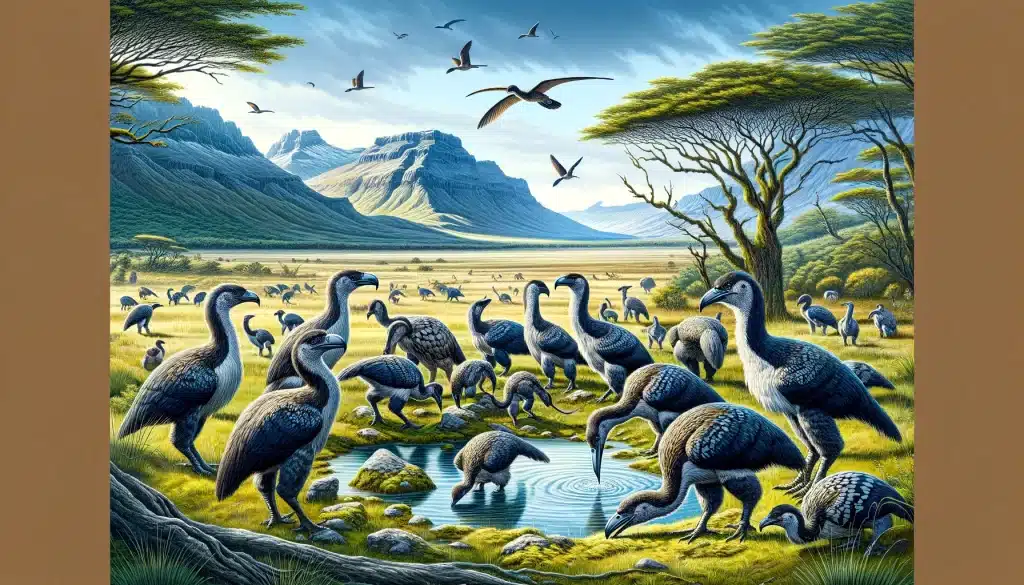
In the case of modern birds, he said, the change is the result of a process known as progenesis, which accelerates the animal’s sexual development. Unlike their dinosaur ancestors, modern birds take much less time – as little as 12 weeks in some species – to reach maturity, allowing birds to retain the characteristics of their young ancestors into adulthood.
Ultimately, Abzhanov said, the way the bird skull evolved – through changes in the developmental timeline – highlights the diversity of evolutionary strategies that have been used over millions of years.
“The fact that such extraordinary success can be achieved simply by changing the relative timing of events in a creature’s development is remarkable,” he said. “We now understand the relationship between birds and dinosaurs much better and can say that when we look at birds, we are actually looking at young dinosaurs.”
#benefits #polygamy #birds #avoid #harmful #mutations


